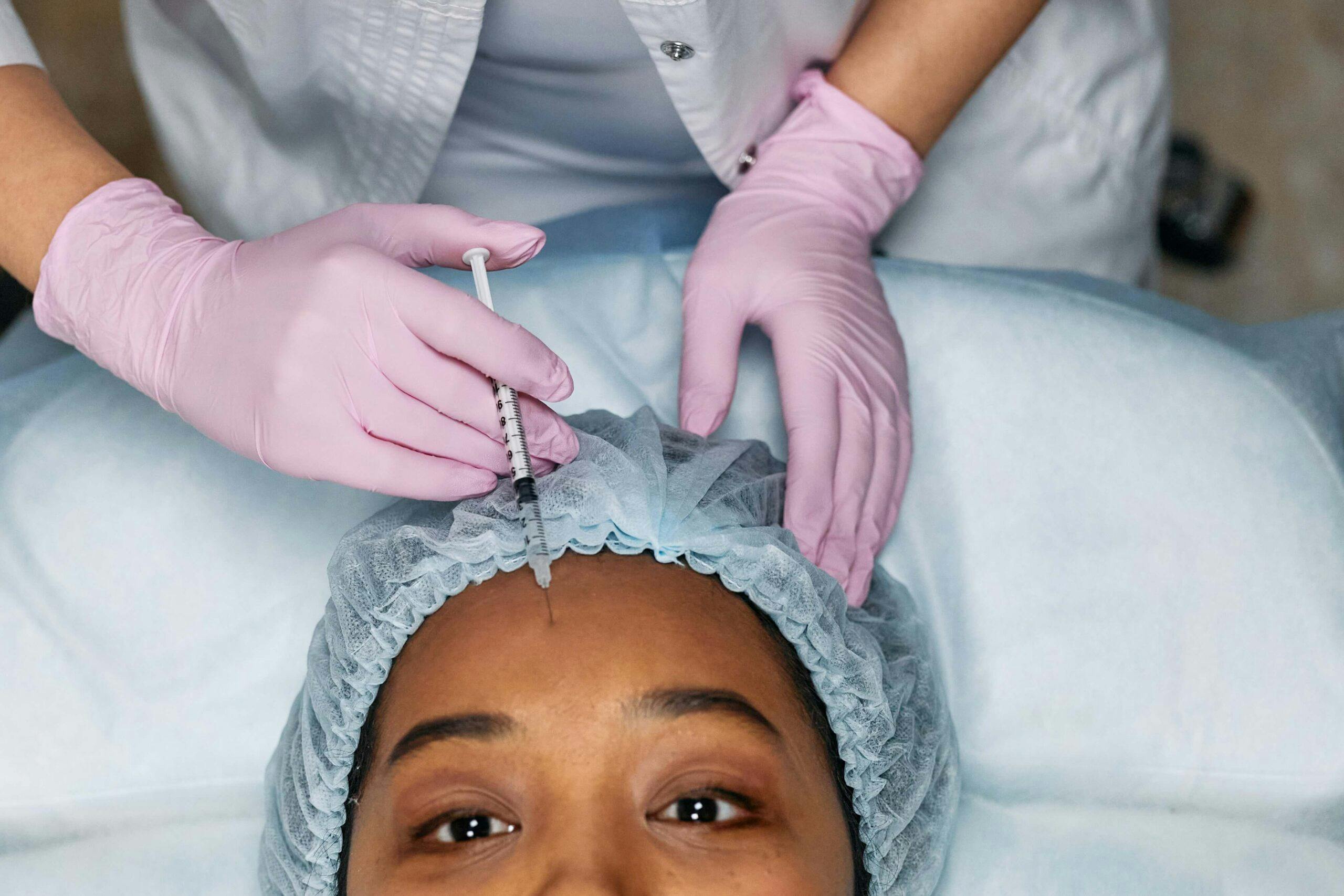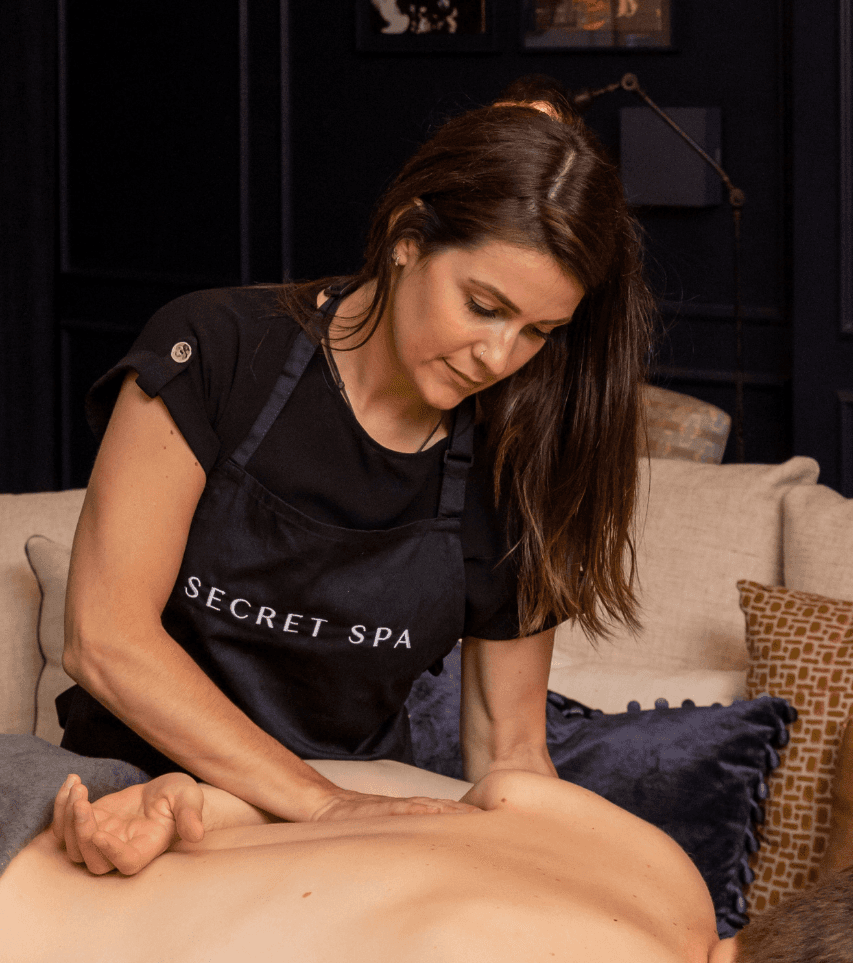Here’s what you need to know before getting Botox
Jun 23, 2022

Botox, as prevention to some of the signs of ageing, is becoming more popular amongst younger people. We know that it can be tempting to jump on a trend. So before you do, we’re diving into everything you need to know before getting Botox, from how often you’ll need top-ups to whether it’s painful.
What do I need to know about Botox?
Let’s start with what Botox actually is. We can’t hide the fact that Botox is a toxin – more specifically, the botulinum toxin. It has the effect of freezing, or paralysing muscles, although it’s not permanent. Botox, or other brand names, are injected into the muscles you want to freeze in order to prevent them causing wrinkles in the future. For example, between the brows is a common spot. Here, tell-tale signs of ageing are often visible, such as a ‘number 11’ which can give you the appearance of being permanently stern!The result of Botox is a younger and smoother appearance. As a preventative measure, it aims to prevent wrinkles forming in undesired places in the first place. Here we’re talking about Botox for facial wrinkles. However, Botox has much wider applications. It can be used to stop or reduce underarm sweating. It’s also used for jaw pain, migraines and reducing the appearance of a square jawline or getting rid of dimples.
When do I need Botox?
For cosmetic reasons, no one needs Botox. However, you may want it and be considering when is best to start. Be aware that Botox isn’t a one-and-done process. It’s not usually permanent. Therefore, once you start having Botox treatments, you will probably want to continue them regularly so that you don’t lose the effect, particularly if you are choosing preventative Botox.If you are choosing Botox treatments as prevention against getting some deep wrinkles, then it is widely considered that late twenties and early thirties are a good age to start. However, it’s never too late to prevent further wrinkles whenever you decide to start. Botox can help to smooth out the area, reducing the appearance of wrinkles which are already being developed.
How often do I need Botox?
Botox for reducing the signs of ageing isn’t considered permanent. One treatment will ‘freeze’ the muscles for around 3-4 months. You will find the results last for a shorter length of time if you do a lot of exercise or are particularly expressive. As such, you will likely want to book in for repeat Botox treatments every 3-4 months.However, with longer term use of Botox, some people find that the muscles which are injected effectively become trained not to contract. As such, the gaps between treatments can become longer.
Do I need Botox or filler?
Fillers are an alternative to Botox. Generally speaking, if you still have lines when your face muscles are completely relaxed, fillers may be best for you. If you want to prevent future lines and wrinkles, then Botox is more likely to suit you.
What are the results of Botox
It’s really important to discuss your desired results with your practitioner before having Botox treatment. You should feel comfortable with them and trust them to deliver what you are looking for. However, the effects of Botox take a little while to become fully noticeable. It can take up to two weeks to see the full effect, but you should notice some results after about day three or four post treatment. This should be evidenced with softer wrinkles and diminished furrows.
What happens during the Botox procedure?
The length of time a Botox treatment session lasts depends on the number of areas that you are having treated. On average, a Botox treatment on the face takes around 20 minutes.After discussing your wishes and treatment, the Botox is injected directly into certain muscles in the face. Most clinics will tell you that this is mildly uncomfortable or even painless. In reality, not everyone has a painless experience. In fact, many people admit that they have found their Botox injections rather painful, although it subsides quickly. You can also ask for numbing cream to be applied beforehand to make the experience less painful. Afterwards, there can be some swelling or discomfort. This doesn’t tend to last too long and can be soothed with a cool pack or paracetamol. Some practitioners advise avoiding Ibuprofen on the first day as it is a blood thinner and may exacerbate bruising.Take care not to rub the area as this could cause the Botox to migrate to a different area. Remember that it’s been carefully placed based on your consultation.
Pros and cons of Botox
Overall, despite Botox sounding scary by being a ‘toxin’, it is generally considered safe. However, having Botox injections carries some risks. Some people find that they are allergic to Botox and experiencing the allergy can be distressing. You may also permanently lose some facial expression, resulting in a less natural look. For example, you may struggle to squint, or you may look more surprised than you actually feel. It can also be quite costly, especially if you are committing to Botox for prevention. It’s also worth being aware that there are some side effects of Botox. You may experience bruising and swelling on the site of the injection. Some people experience headaches. A small number of people have more complications including drooping eyelids, nausea, neck pain and upper respiratory tract infections.
Alternatives to Botox
If you want to prevent wrinkles, or reduce their appearance once you’ve got them, then there are plenty of alternatives to Botox if you think it won’t suit you. Our favourite alternative is having regular facials. Helping to relax your face muscles, but also delivering hydration, facials can help to keep your face looking youthful. Taking vitamins can also help. Vitamin C stimulates collagen production helping your skin remain supple. Vitamin A (retinol) is known for its anti-ageing benefits and Vitamin E is very hydrating. Why not benefit from a vitamin drip for a potent shot of important wellness vitamins?Other alternatives to Botox include FaceXercise, acupuncture, adhesive face patches and chemical peels.
